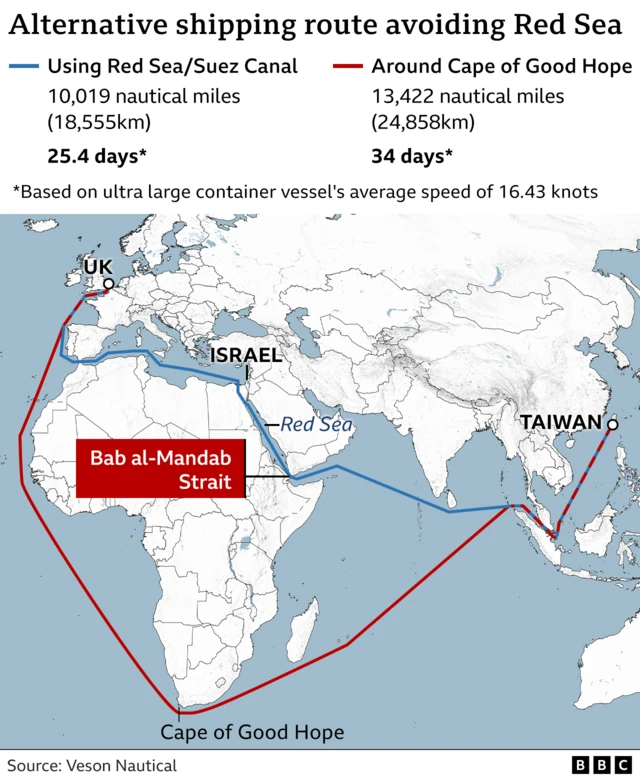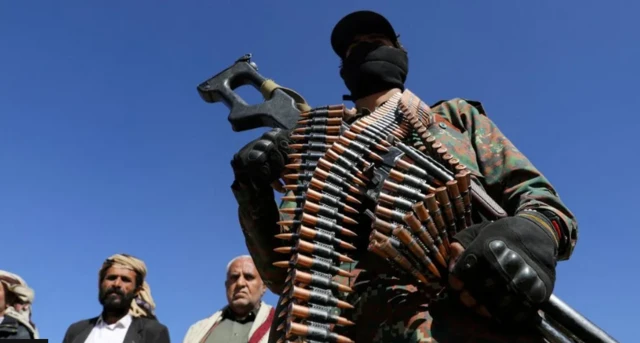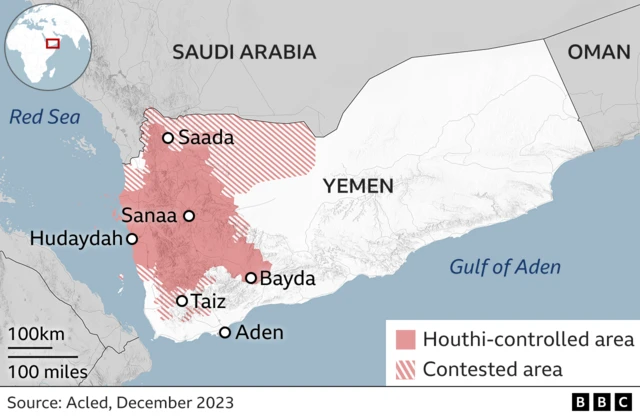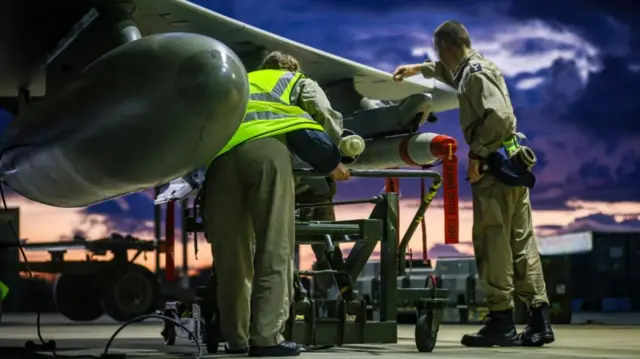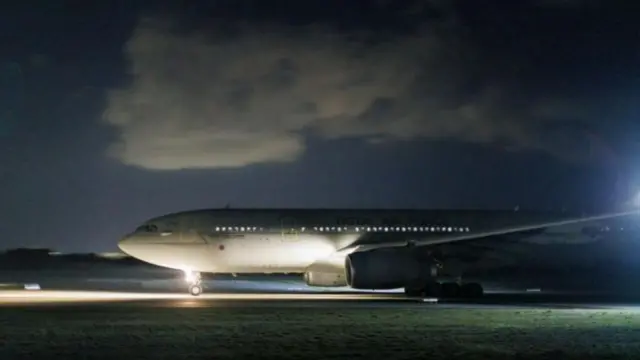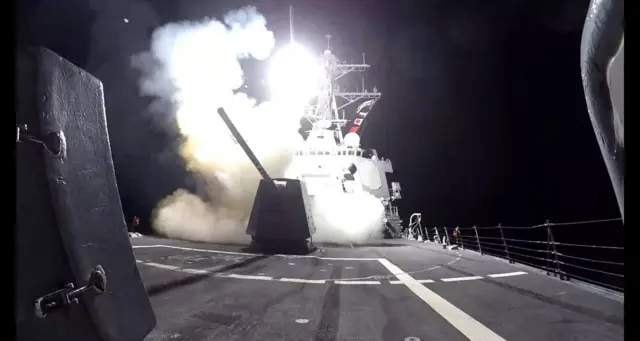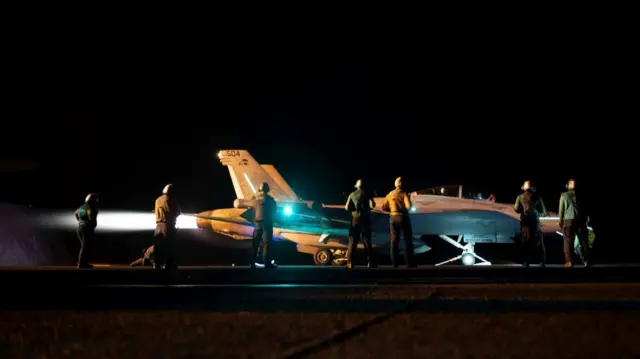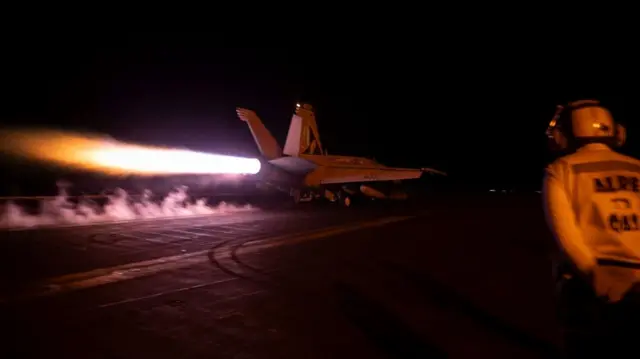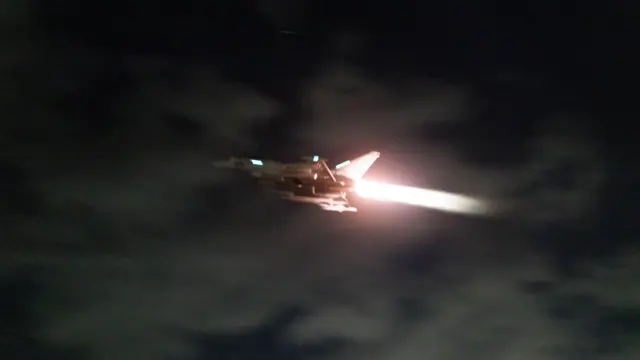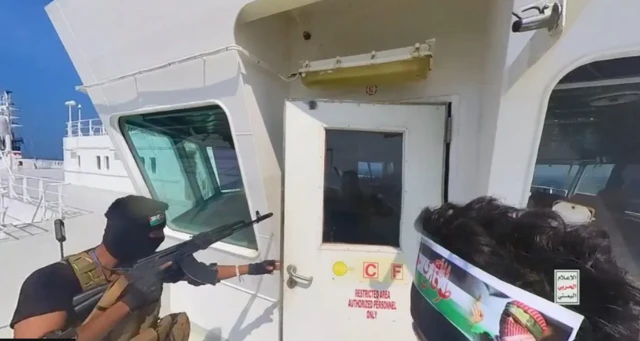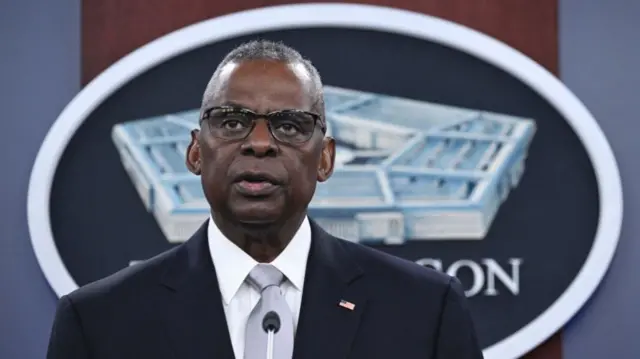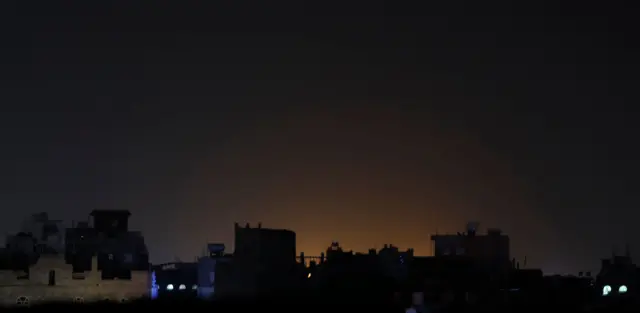'US-UK strikes won't make a difference'published at 05:37 GMT 4 February 2024
Our colleague Said Shehata from BBC Arabic has just been sharing his assessment of the most recent US-UK strikes in Yemen.
He says the most recent strikes in Yemen "will not make a difference" because it does not deter the Houthis.
Shehata explains that "unfortunately, those strikes don't achieve the purpose so far" as companies that used to conduct seaborne trade via the Red Sea are still opting to take a much longer, and costly, route around southern Africa.
The Houthis, Shehata explains, will continue to retaliate to American strikes and put pressure on the international community to stop the war in Gaza.
